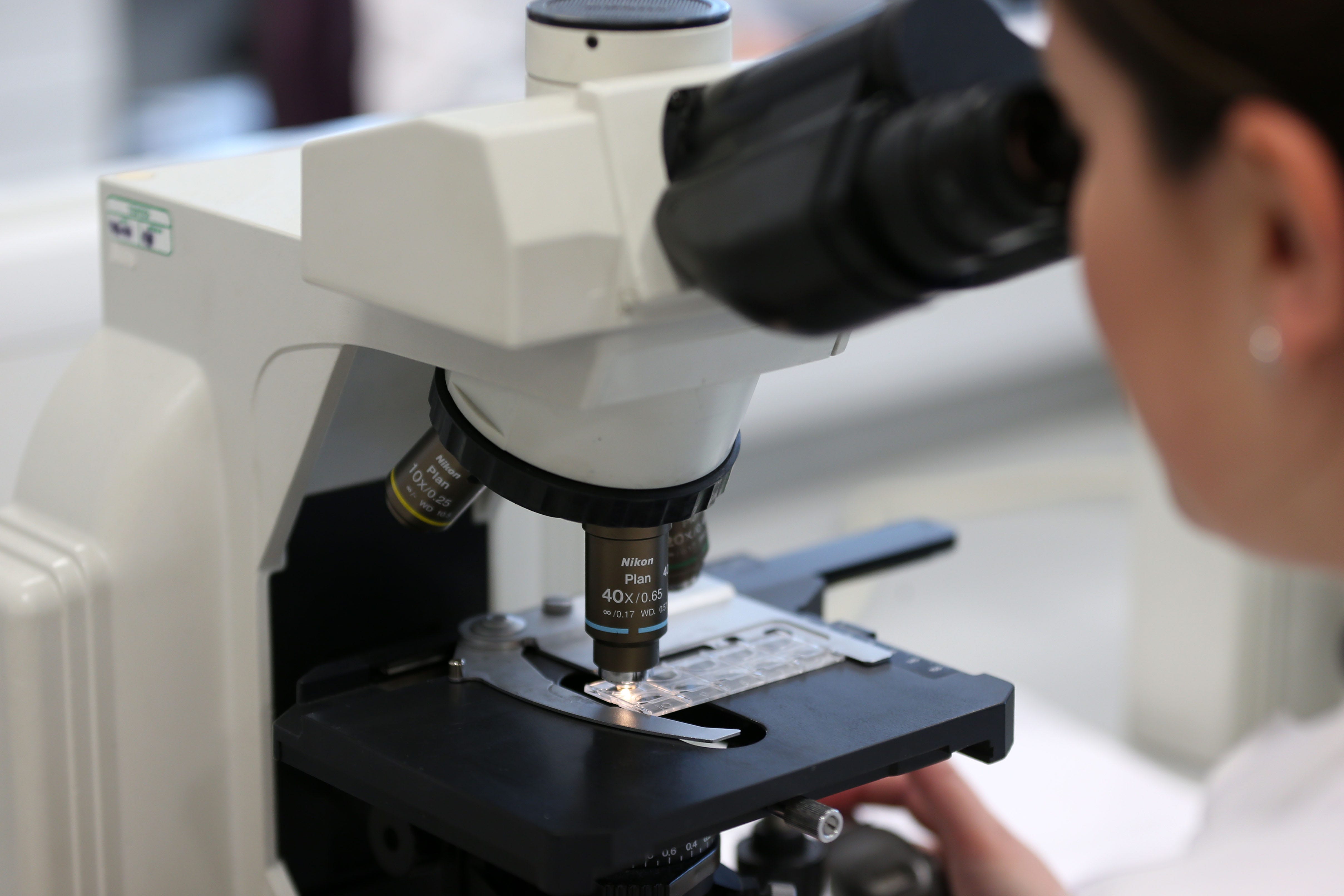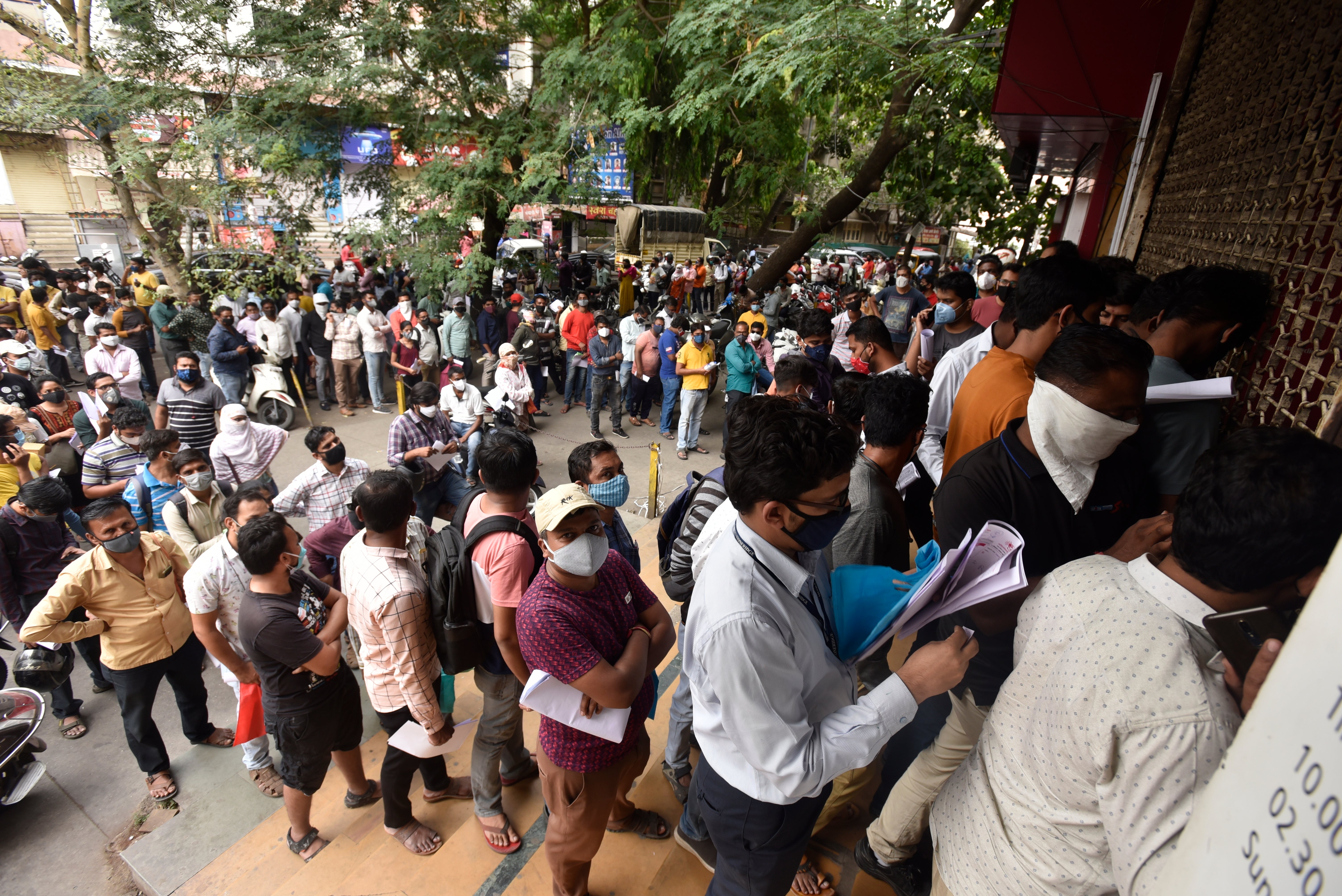What is Guillain-Barre syndrome? The deadly disease on the rise in India
At least five people have died in India due to suspected cases of Guillain-Barre Syndrome

Five people are believed to have died in India in an outbreak of Guillain-Barre syndrome (GBS) - a neurological disease that causes numbness, weakness and pain.
On Monday, the number of GBS cases rose to about 163, with most of them being reported from in and around Pune. The city lies about 180 km (110 miles) from the state capital and India’s financial hub Mumbai.
At least 21 patients are on ventilator support and 48 were admitted to intensive care.

What is Guillain-Barre Syndrome (GBS)?
The condition, in which the body’s immune system attacks nerves, can cause paralysis and even death. It affects 1,500 people in the UK every year, attacks the nerves, causing problems such as weakness, pain and numbness in the limbs.
Most symptoms occur within days or weeks of a viral or bacterial infection and typically last a few weeks, according to the World Health Organization.
Symptoms of Guillain-Barré syndrome
Accordign to The NHS
Guillain-Barré syndrome affects your senses, your movement and things such as breathing and your heartbeat.
It usually affects your arms and legs first before you get symptoms in other parts of your body.
Symptoms usually get worse over the first 2 to 4 weeks.
You might feel tingling, numbness or pins and needles in your feet and hands first. This is usually followed by muscle weakness and difficulty moving your joints.
Other symptoms can include:
- sharp, shooting pain (nerve pain), often in your legs or back
- problems breathing
- problems with your face, such as drooping face muscles or trouble swallowing or speaking
- problems with your eyes, such as double vision
Some people’s symptoms become so severe that they are not able to move their legs, arms and face.
Is there a treatment?
Most people recover fully from even the most severe cases of GBS, although some continue to experience weakness, the global health agency says.
“The exact cause is not known behind the sudden rise in GBS cases,” said Avinash Bhondwe, the former president of the Indian Medical Association, Maharashtra, adding that GBS was a post-infective auto-immune disease.
“Auto-immune diseases are not communicable, it cannot spread from one patient to another. But the causative infection usually spreads.”
Drainage water gets mixed with potable water in some affected areas in Pune where water lines and drainage lines run side by side, leading to contamination and caused the spike in GBS cases among other possible reasons, Bhondwe said.
In its guidance, health authorities asked citizens to drink boiling water among other measures.
Join our commenting forum
Join thought-provoking conversations, follow other Independent readers and see their replies
0Comments